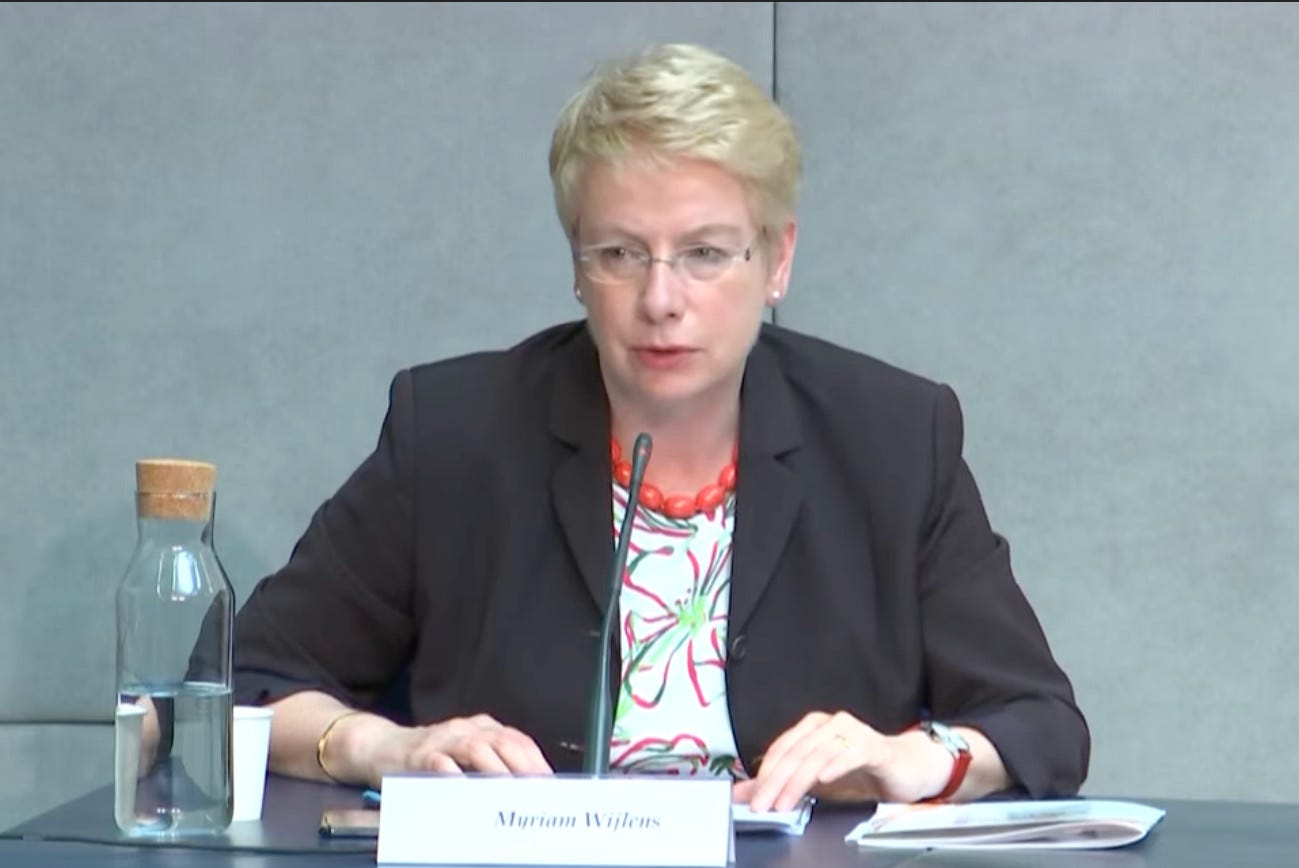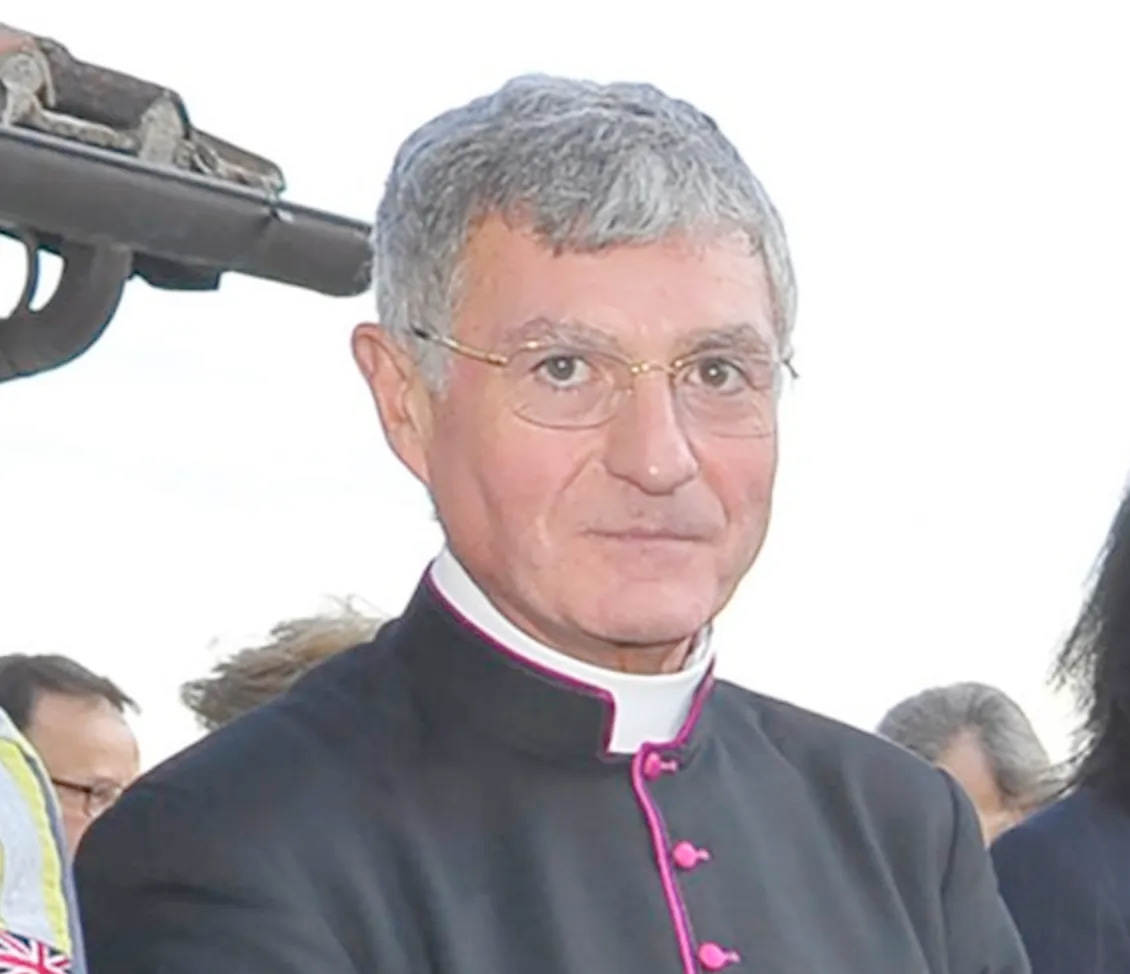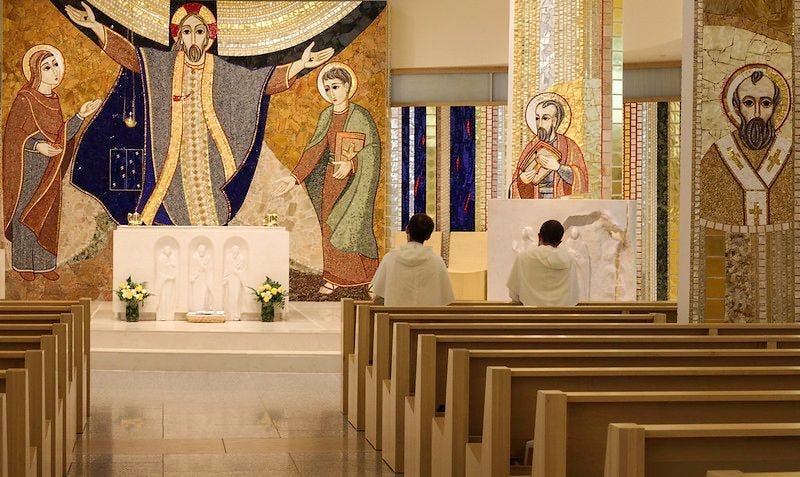The Vatican launched on Tuesday its preparatory document and handbook for the Church’s two-year synod on synodality process, which is set to begin next month.
Vatican officials were well aware that plans for a two-year process of consultation and discernment have prompted skepticism among both laity and clergy. While some predicted that the release of the synod’s documents might have assuaged critics, the contents of the texts released on Tuesday seem certain to exacerbate criticism, rather than resolve it.

Some critics will raise the prospect that the synodal process is set up to produce documents which undermine established teaching and authority in the Church, largely by calling for broad participation in the process, without sufficient guidelines on how to facilitate fruitful engagement within the bounds of Catholic orthodoxy.
But despite an ostensible emphasis on consensus and communion, some aspects of the synodal process appear likely to foster division in the Church, and introduce controversy in areas of settled teaching. And the document’s procedural guidelines will suggest to many skeptics that a set of intended results have been thoroughly baked into the methodology meant to bring them about.
In short, the documents portend that the synodal process of the next two years will be rocky. To many Catholics, this will not come as a surprise.
Recent meetings of the Synod of Bishops in Rome on the family, on young people, faith and vocations, and on the Amazon region, have been accompanied by fractious debate on aspects of universal Church teaching and discipline. These have included debates over the Church’s position on human sexuality, marriage, and even sacramental ordination.
Away from Rome, the German bishops remain engaged in their own synodal process, which has the stated aim of revising various Church teachings, including on marriage, homosexuality, and the ordination of women, despite repeated interventions from different Vatican departments and even the pope personally.
While the calls to revisit settled aspects of doctrine and discipline have not been reflected in the papal magisterium, or in the pope’s post-synodal apostolic exhortations, some of the more strident proponents of revision have insisted on the need for the views of voices in the minority on ecclesial issues to be better represented, while at the same time suggesting that the views of “reform-minded” lay Catholics should be given more weight in the Church’s governing process.
The preparatory documents for the synod on synodality appear to include efforts to incorporate these calls within their notion of “synodality” itself.
In a 42-page vademecum, or handbook, intended to help guide dioceses shape their own syndol sessions, the document’s authors note that “The path of synodality seeks to make pastoral decisions that reflect the will of God as closely as possible, grounding them in the living voice of the People of God.”
The synodal documents appear to promote the concept of the sensus fidelium as articulated by Vatican Council II, but also to redefine it as the independent, authoritative voice of the laity, distinct from the Church’s hierarchy and “in dialogue with” the “teaching authority of the Pope and the bishops.”
This separation of the hierarchy from the sensus fidelium serves to elevate lay participation in the synodal process into a second source of authority in the Church, despite Vatican Council II’s definition of it as consisting of “the Bishops down to the last of the lay Faithful [when] they show universal agreement in matters of faith and morals.”
While the preparatory document claims that “it is in the fruitful bond between the sensus fidei of the People of God and the magisterial function of the Pastors that the unanimous consensus of the whole Church in the same faith is realized,” the provisions of the documents seem calculated to exclude the possibility of unanimous consensus on nearly any issue of importance.
Among those the handbook says are “at risk of being excluded” and advises that “special care” must be taken to include in the synodal discussions are “Catholics who rarely or never practice their faith.”
Catholics who have either dropped the practice of the faith or no longer profess to believe it, still, by virtue of baptism, form an important part of the sensus fidelium, the handbook says, while emphasizing that those “people of other faith traditions, [and] people of no religious belief” have an important role to help the Church “participate fully in the act of discerning.”
“For this reason, while all the baptized are specifically called to take part in the Synodal Process, no one – no matter their religious affiliation – should be excluded from sharing their perspective and experiences,” says the handbook.
Observers will likely note that favoring the inclusion of Catholics who “rarely or never” practice the faith is likely to also favor those who oppose Church teaching on a range of issues.
And bishops reading the document ahead of their own diocesan synodal sessions are likely to question whether they are supposed to foster unanimous consensus while also including the contributions of people who neither profess nor practice the Catholic faith at all, and who may actually define their worldview in opposition to some of its core moral teachings. If so, it seems a tall order.
While the handbook appears to presume disagreement and the emergence of majority/minority opinions, it also warns against “the temptation to treat the Synod as a kind of a parliament.”
“It is contrary to the spirit of synodality to antagonize others or to encourage divisive conflicts that threaten the unity and communion of the Church,” the vademecum states.
At the same time, the handbook appears to clear the way for dissenting or minority opinions to shape the synodal project, and even be taken as an authoritative voice over the settled or majority view:
“Views should not be excluded simply because they were expressed by a small minority of participants. Indeed, sometimes the perspective of what we could call the ‘minority report’ can be a prophetic witness to what God wants to say to the Church.”
While the pope is recognized as the source of the synod’s authority in the documents, as is the diocesan bishop at the local level, the handbook claims that “the teaching authority of the Pope and the bishops is in dialogue with the sensus fidelium” rather than forming a constitutive and essential part of it, setting up the possibility of conflicting claims of authority between the “prophetic witness” of the lay faithful and the authority of the hierarchy.
If such a conflict emerges in the course of the synodal process, the preparatory documents appear to frame any attempt to resolve the discussion on the shortcomings of the institutional Church.
“The whole Church is called to deal with the weight of a culture imbued with clericalism that she inherits from her history, and with those forms of exercising authority on which the different types of abuse (power, economic, conscience, sexual) are grafted,” the preparatory document says.
While clericalism is raised within the context of the sexual abuse crisis in the preparatory document the vademecum identifies “overcoming the scourge of clericalism” as a particular priority in synodal dialogue, without any particular context of scandal given:
“Synodality calls upon pastors to listen attentively to the flock entrusted to their care, just as it calls the laity to freely and honestly express their views,” says the handbook, but does not include a clear corollary where the pastors speak and are listened to by the laity.
If the prospect seems unlikely that synod participants will use the sex abuse crisis, and the specter of clericalism, as a trump card in disagreements with bishops or with Catholic doctrine, the lesson of the German synod is instructive. It is worth recalling that the whole of the German synodal way — which now calls for the ordination of women and the blessing by the Church of same-sex unions — began as a response to two things: clericalism and the sexual abuse crisis. There is no need to imagine they might be weaponized, because it has already happened.
Speaking during the press conference which presented the two documents, Dr. Myriam Wijlens, who is an expert consultor to the permanent secretariat in the Vatican, said the synodal process should model itself on the methodology of “receptive ecumenism” which, she said, approaches dialogue with the question “where are we [the Church] weak and where can we learn from the others.”
Wijlens also praised the Church of England’s model of a permanent general synod, with distinct quasi-parliamentary chambers for the laity, clergy, and episcopacy. Although that institution has led to fierce internal disagreements and institutional deadlock on a range of teaching issues within the CofE, Wijlens suggested it could be a point of positive reference for the Catholic Church’s global synodal process.
At Tuesday’s press conference, the entire panel from the permanent secretariat emphasized that the documents explain the chief aim of the synodal process is to create a synodal Church, to “learn by doing”; the method is itself the desired result.
Some reading the methodology described in the handbook and preparatory text will likely ask now if the result will be the communion it promises, or more entrenched division across the global Church.



